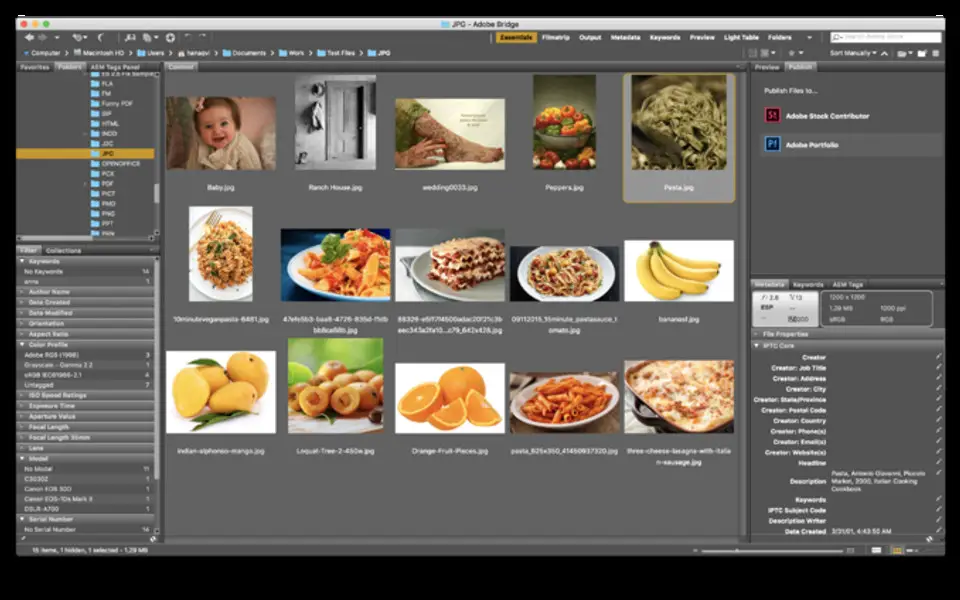
- #ADOBE FOR MAC REVIEW INSTALL#
- #ADOBE FOR MAC REVIEW PORTABLE#
- #ADOBE FOR MAC REVIEW PRO#
- #ADOBE FOR MAC REVIEW PROFESSIONAL#
#ADOBE FOR MAC REVIEW PRO#
Today we’re testing the Huawei MateBook X Pro 2021 model, which features an Intel 11 th Generation Tiger Lake Core i7 processor and uses integrated graphics, paired with 16 GB of LPDDR4X memory and a 512 GB NVMe SSD. Those last two categories being aimed squarely at the traditional MacBook markets.
#ADOBE FOR MAC REVIEW PROFESSIONAL#
#ADOBE FOR MAC REVIEW PORTABLE#

Huawei’s laptop ambitions right now are in three main categories Huawei has traditionally gone with Intel in its systems, but was one of the first to partner with AMD when the AMD Mobile Ryzen became available – we saw Ryzen versions of its education model, albeit for China only.

Unfortunately due to some improvements Huawei wanted to introduce (like the recessed webcam, more on that later), the company quickly replaced it with a less inspiring configuration that wasn’t as well received. But it wasn’t long before we got a Windows device that looked great with an experience to rival market veterans.Įnter the first generation MateBook 13, and it is easily one of the best laptops I’ve used as a 6-month travel work machine to date.

After a decade of Huawei smartphones, we were introduced to the first 2-in-1 laptop products in 2017, and although well designed and comforting to handle, the user experience needed some work. Over the years that we have covered Huawei products, through the good and the bad, through the first attempts and halo devices, a main feature that’s hard to ignore is the design. The latest MateBook X Pro 2021 edition we’re testing today equips an Intel 11 th Gen Core i7 with one of the physically largest displays you can fit into a 14-inch device, and a brushed aluminium chassis that’s very smooth to the touch and an Emerald Green finish that really stands out. The company has transferred the knowhow developed over a decade of smartphones into something bigger, with a keyboard, running Windows. Relying on x86 silicon and a GPU here and there, one thing Huawei does well is the quality of the design. With these latest updates, Adobe is really improving AIR as an alternative development environment and maintaining its relevance on the Web.As a laptop vendor, Huawei is entering its fourth year. This includes things like taskbar and dock notifications.
#ADOBE FOR MAC REVIEW INSTALL#
It includes more support for Android devices including software licensing and hardware, captive runtime support for developers to bundle AIR along with their programs (removing the requirement to separately install AIR), and native extensions for enhancing AIR's capabilities.ĪIR has allowed developers to make hybrid applications, or desktop tools that can integrate with various Web services, while still allowing some offline functionality that Web browsers don't yet have. The advancements offered by Stage3D should bring far more complex graphics development for the player, and allow some developers to use it as a viable alternative for their projects, especially for cross-platform efforts.

Although it's only for desktops at the time of writing, Adobe promises that it will soon take Stage3D to its mobile apps. Stage3D brings combined hardware-accelerated 2D and 3D graphics rendering that's up to 1,000 times faster than previous versions of AIR. If you try to install an AIR app without having previously installed AIR, you'll be automatically prompted to download it. One very well-known AIR app is TweetDeck. It's powerful and respected for giving people the same end-user experience, whether on Windows, Mac, or Linux. In case you're new to AIR, which means Adobe Integrated Runtime, it's a platform that runs applications across multiple systems without coding in more than one language. AIR 3 brings some hefty speed improvements to the system, thanks to a little something new called Stage3D. It hasn't ignored its other content-delivery system: Adobe AIR. As Adobe has focused on Flash Player development in the aftermath of the rise of HTML5,


 0 kommentar(er)
0 kommentar(er)
